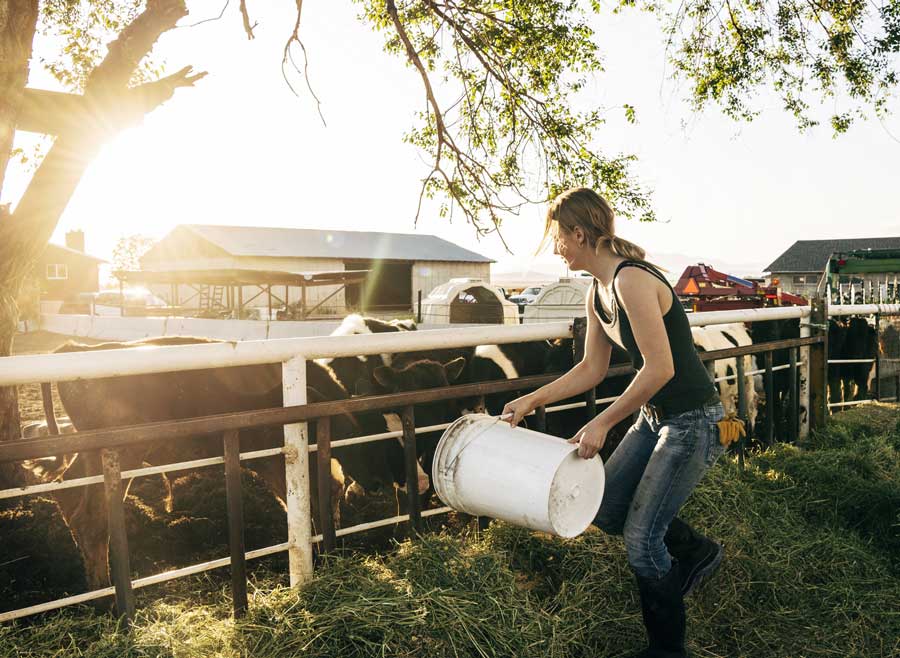Unlocking the Benefits of Multi-Species Feed: A Farming Game Changer
Explore the advantages of incorporating multi-species feed into your farming practices.
Explore the advantages of incorporating multi-species feed into your farming practices.

Multi-species feed is becoming more popular in livestock farming. It’s a type of animal feed that works for more than one kind of animal—like cows, goats, sheep, pigs, or chickens. Instead of buying different feeds for each species, farmers can use one feed that meets the basic needs of many animals.
This approach is especially helpful for farms that raise different types of animals. It saves time, money, and helps keep animals healthy. Let’s explore the top benefits of using multi-species feed and why it might be the right choice for your farm.
Multi-species feed is a nutrient-rich feed designed to work for several types of livestock. It includes important ingredients like:
These nutrients help animals grow, stay healthy, and produce meat, milk, or eggs. The feed is made to be safe and useful for different species, so farmers don’t have to worry about giving the wrong feed to the wrong animal.
Using one feed for multiple animals makes feeding easier. Farmers don’t have to mix different feeds or keep track of separate feeding schedules. This means less work and fewer mistakes.
Buying one type of feed in bulk is usually cheaper than buying several kinds. It also reduces waste and storage space. Farmers can save money on feed and spend less on transportation and packaging.
Multi-species feed is made to give animals the nutrients they need. It helps them grow strong, fight off sickness, and produce better results—like more milk or faster weight gain.
Using one feed reduces packaging waste and helps farmers manage their supplies better. It also supports sustainable farming by making it easier to raise different animals together.
Many farmers move animals between pastures to keep grass healthy and reduce parasites. Multi-species feed fits well with this system because it can be used for all animals in the rotation.
Fewer feed types mean fewer chances for contamination or disease to spread. It also makes it easier to track what animals are eating and spot problems early.
While multi-species feed has many benefits, farmers should be careful about a few things:
Some animals need special diets. For example, sheep can get sick from too much copper, which is fine for cows. Always check that the feed is safe for all your animals.
Young animals, pregnant animals, or those producing milk may need extra nutrients. Multi-species feed is a good base, but you might need to add supplements.
Before switching to multi-species feed, speak with a veterinarian or animal nutritionist. They can help you choose the right feed and make sure your animals stay healthy.
Keep track of how your animals grow, reproduce, and stay healthy. If something seems off, you might need to adjust the feed or add supplements.
Farmers around the world are using multi-species feed successfully:
These farms save money, reduce waste, and keep animals healthy with a single feed.
Multi-species feed is a smart choice for farmers who raise different animals. It saves time, lowers costs, and supports animal health and sustainability. If you’re looking for a way to simplify your feeding routine and improve your farm’s performance, multi-species feed might be the answer.